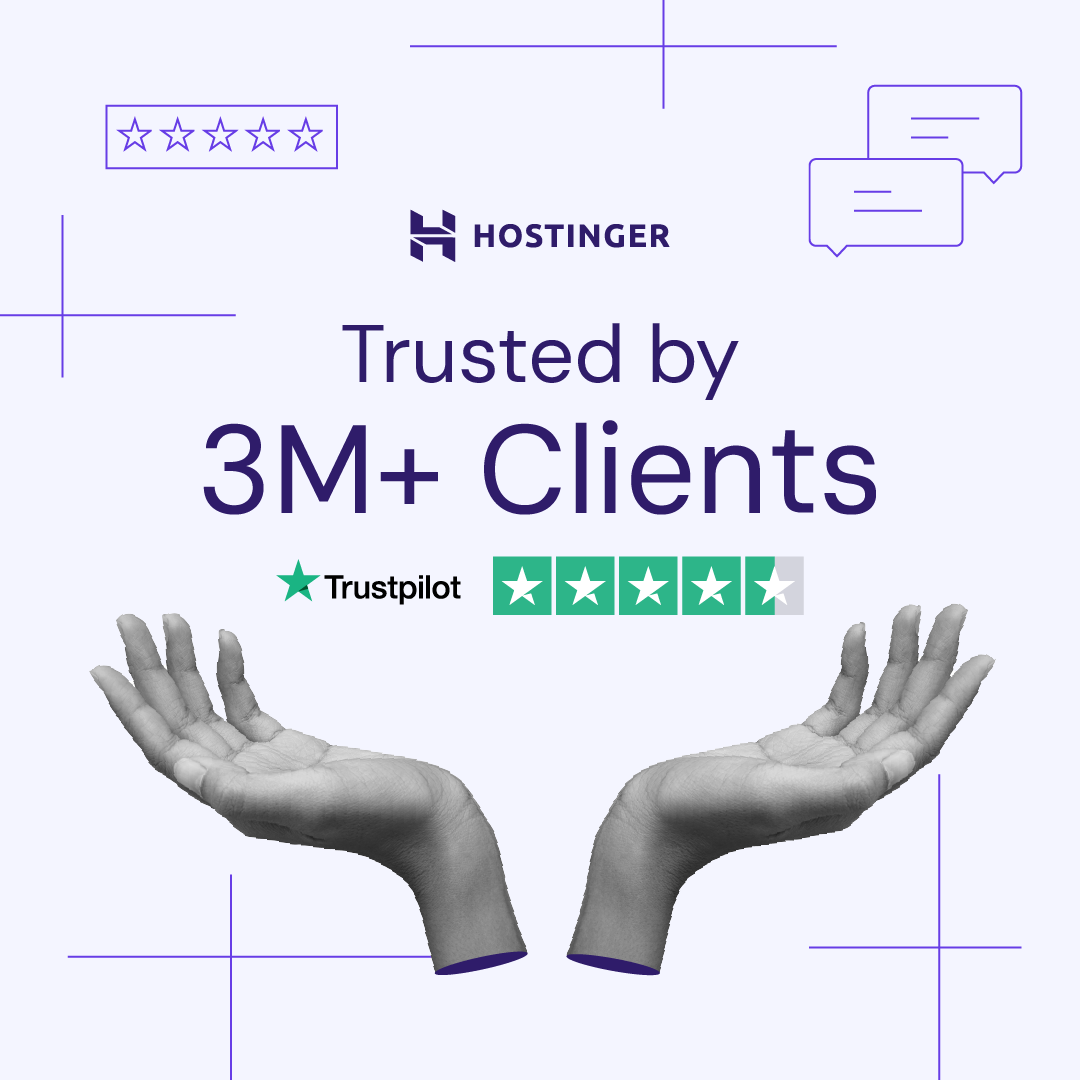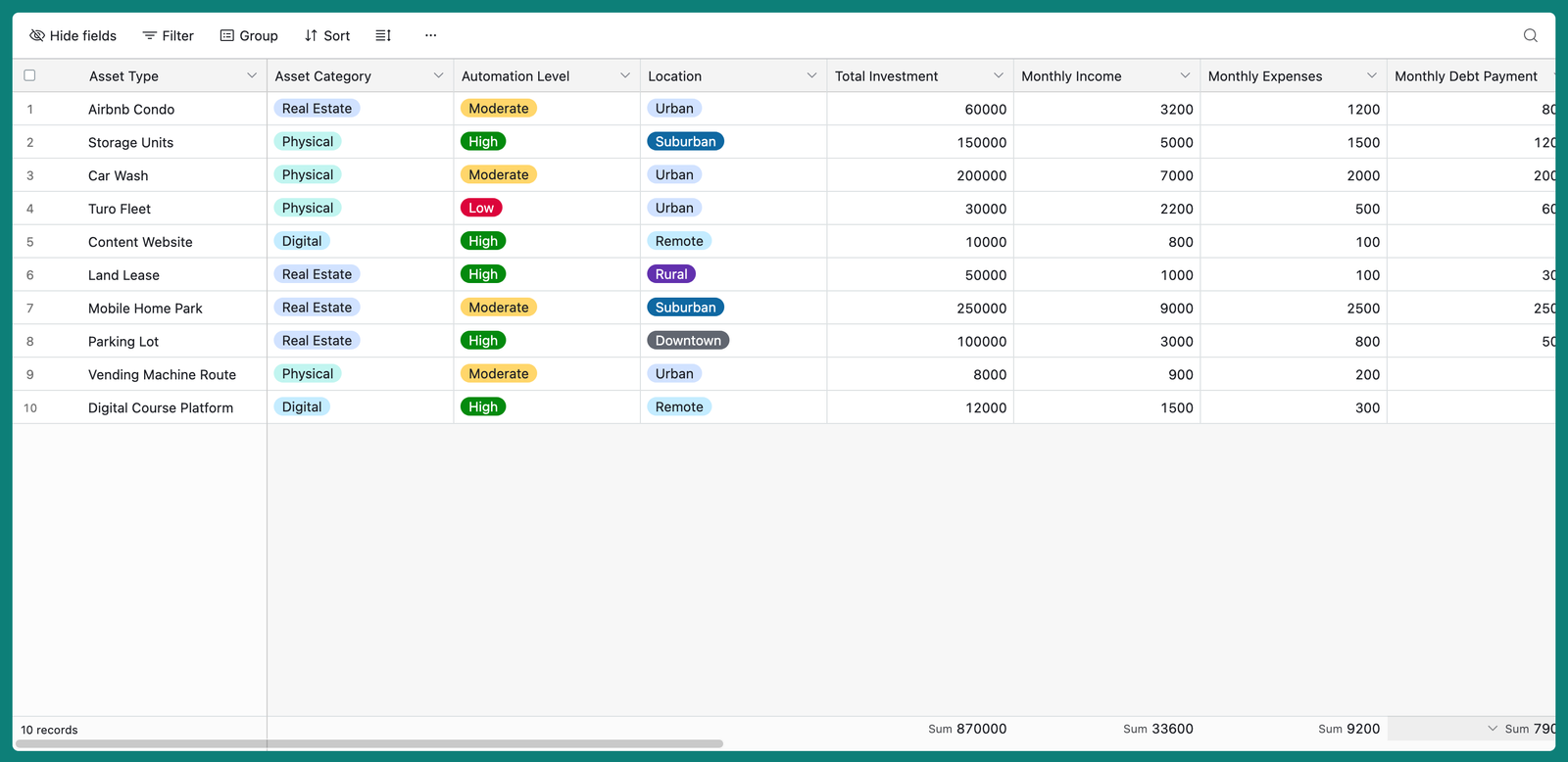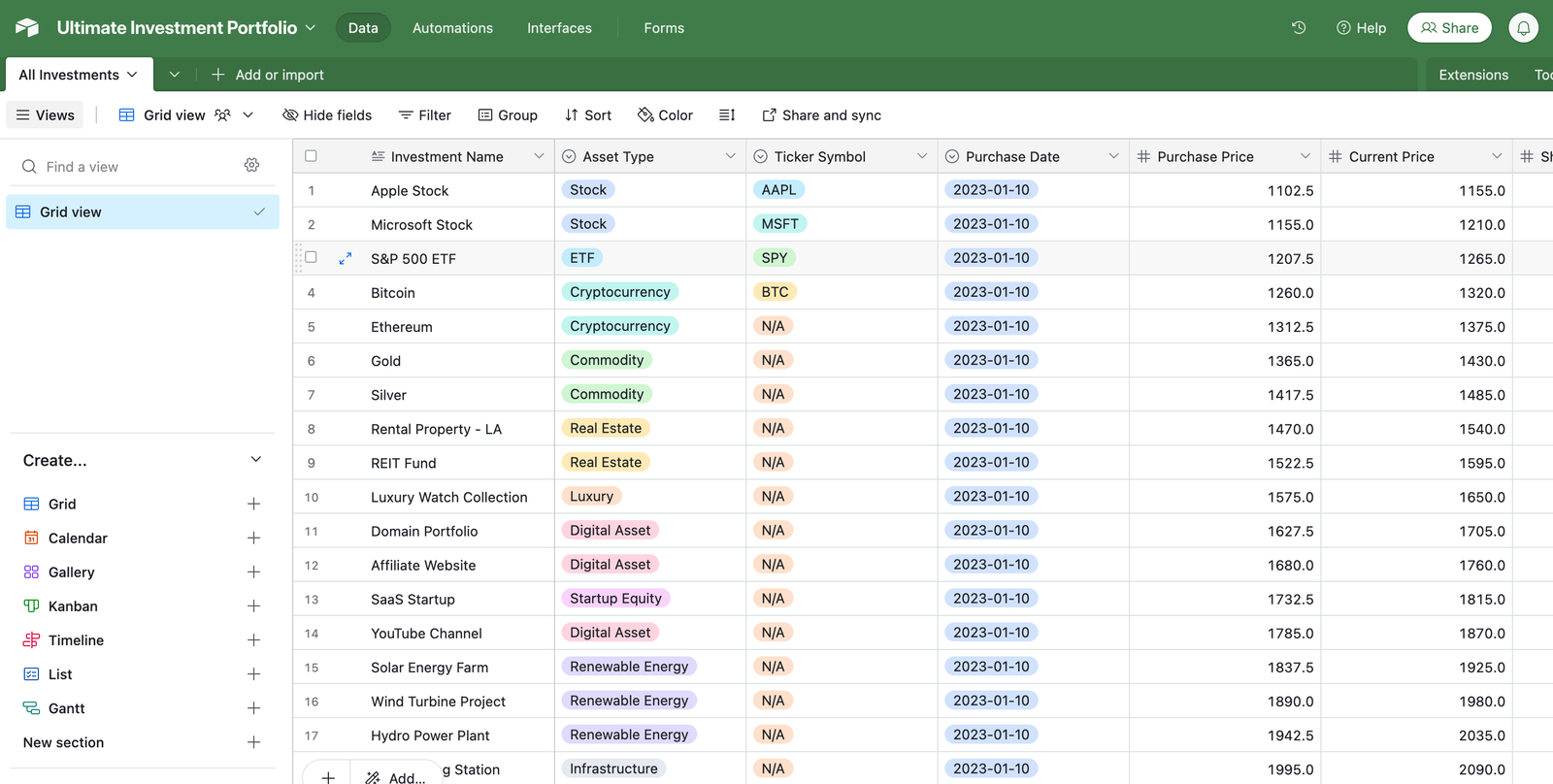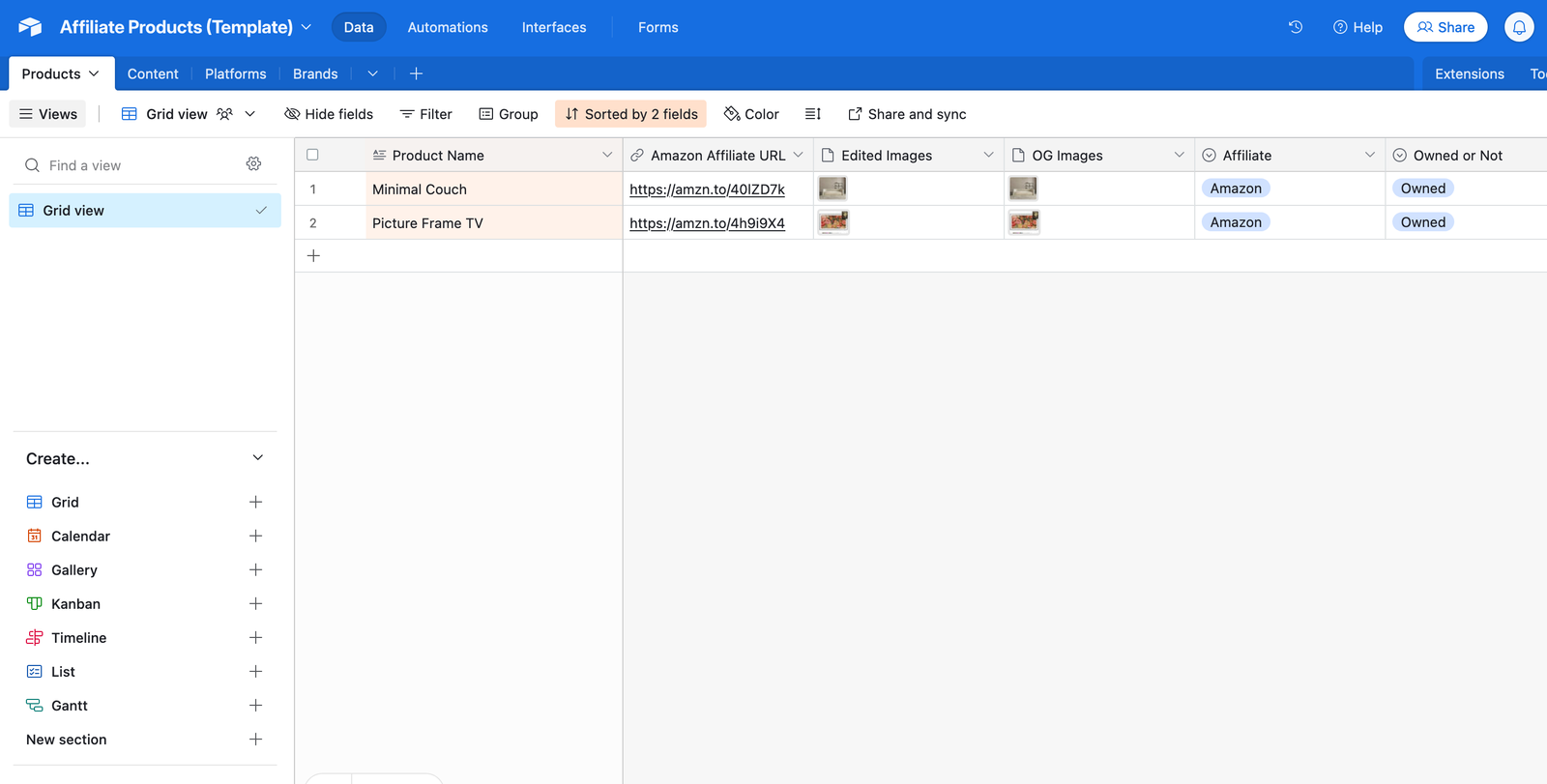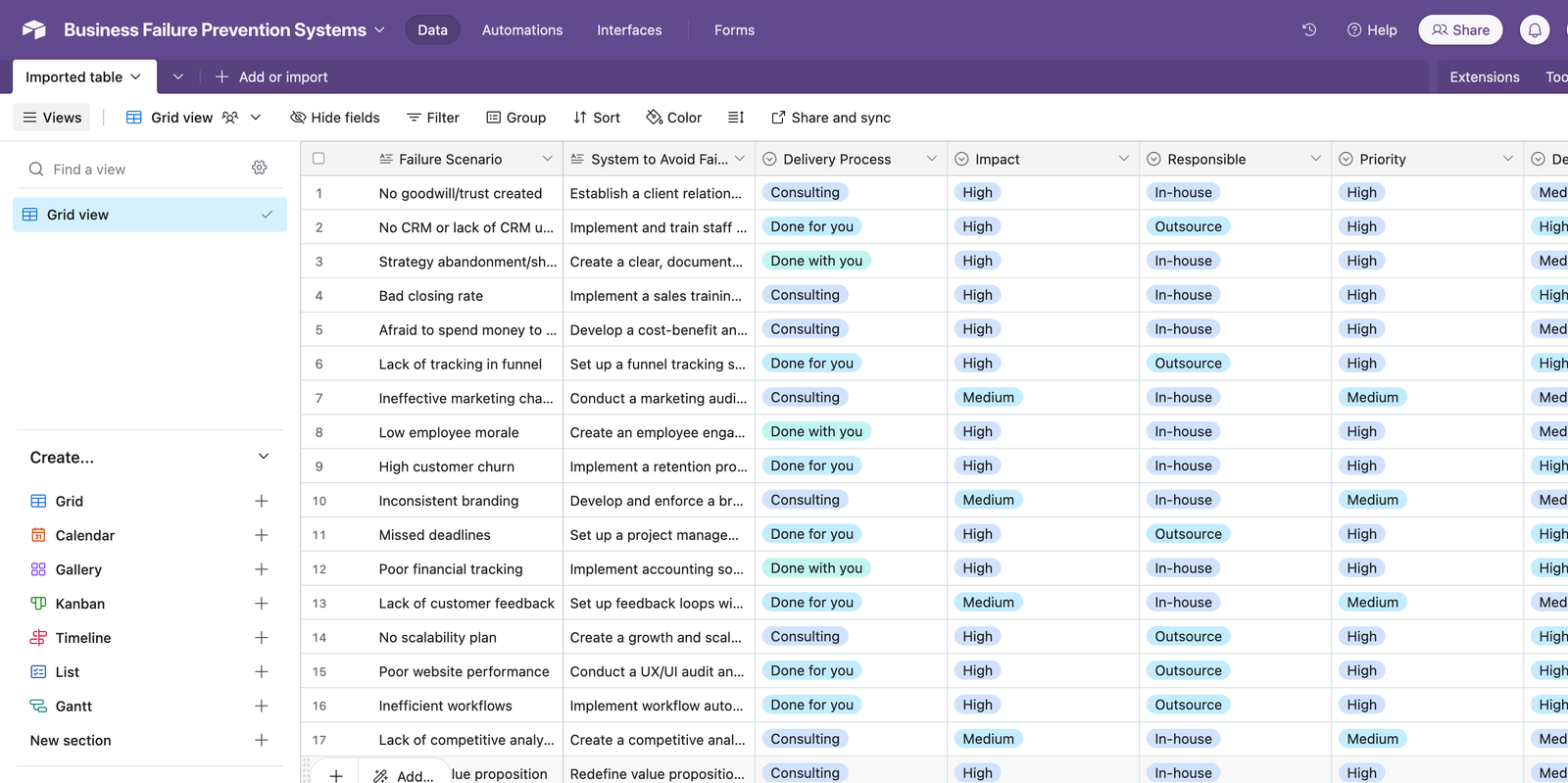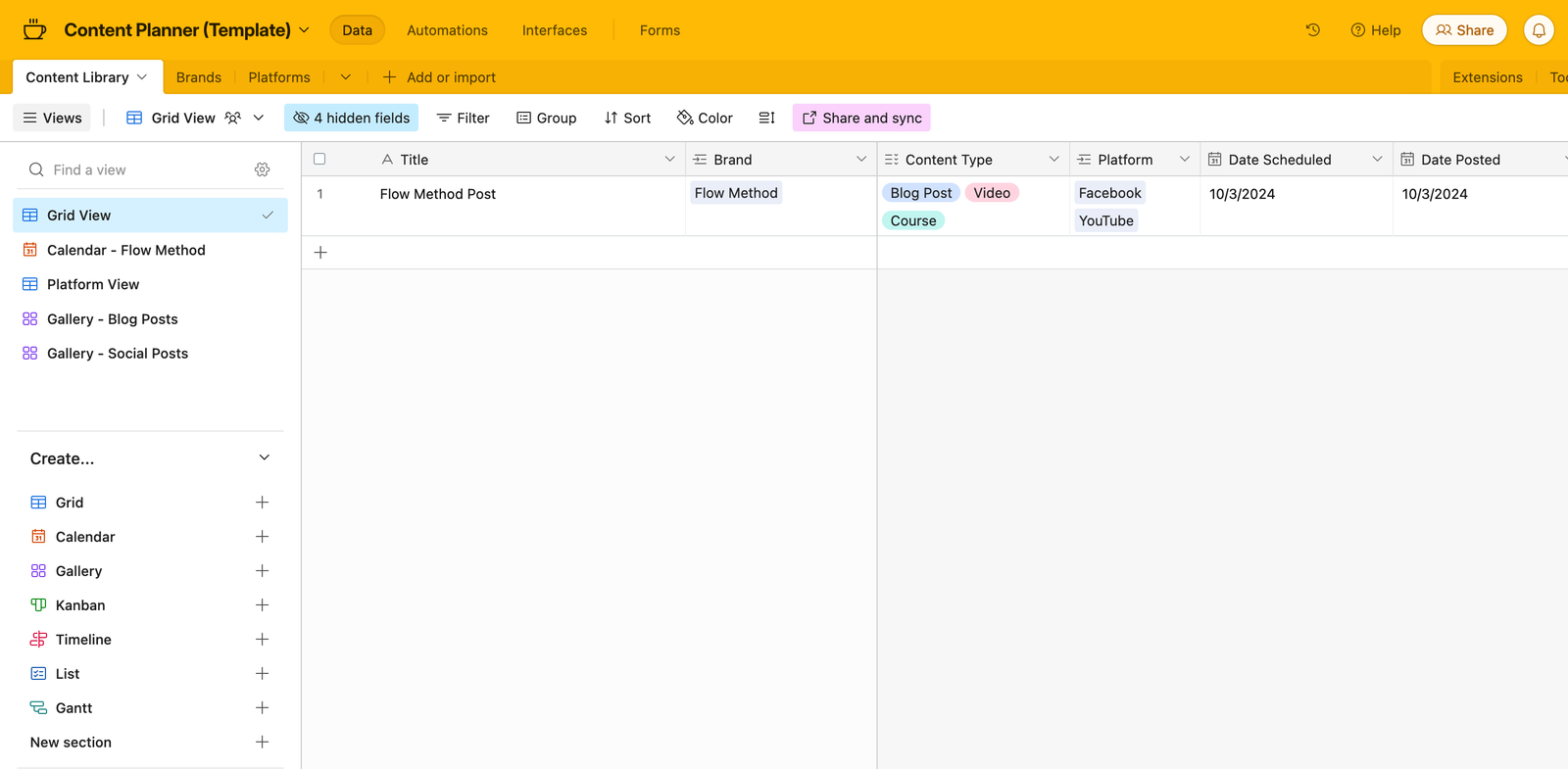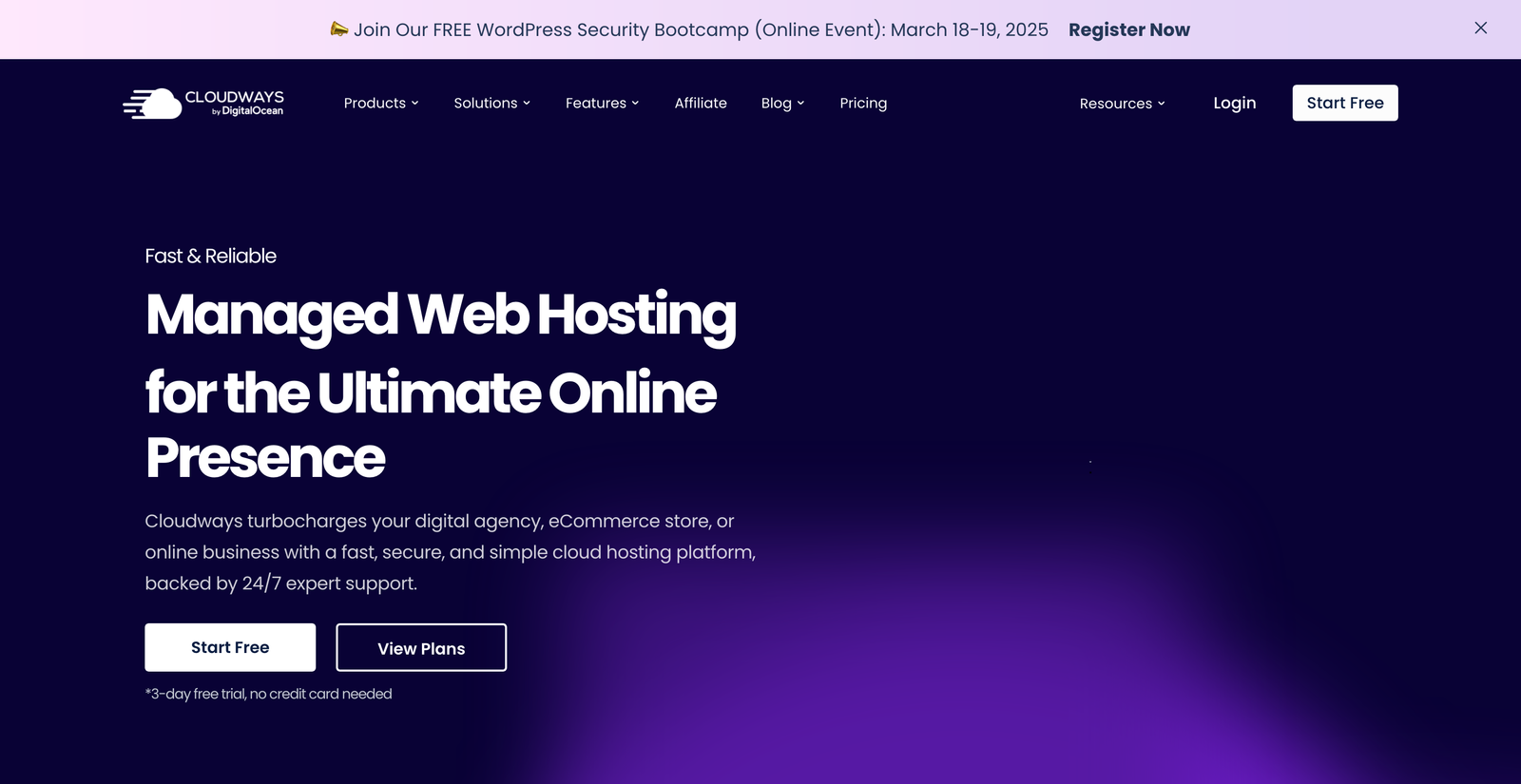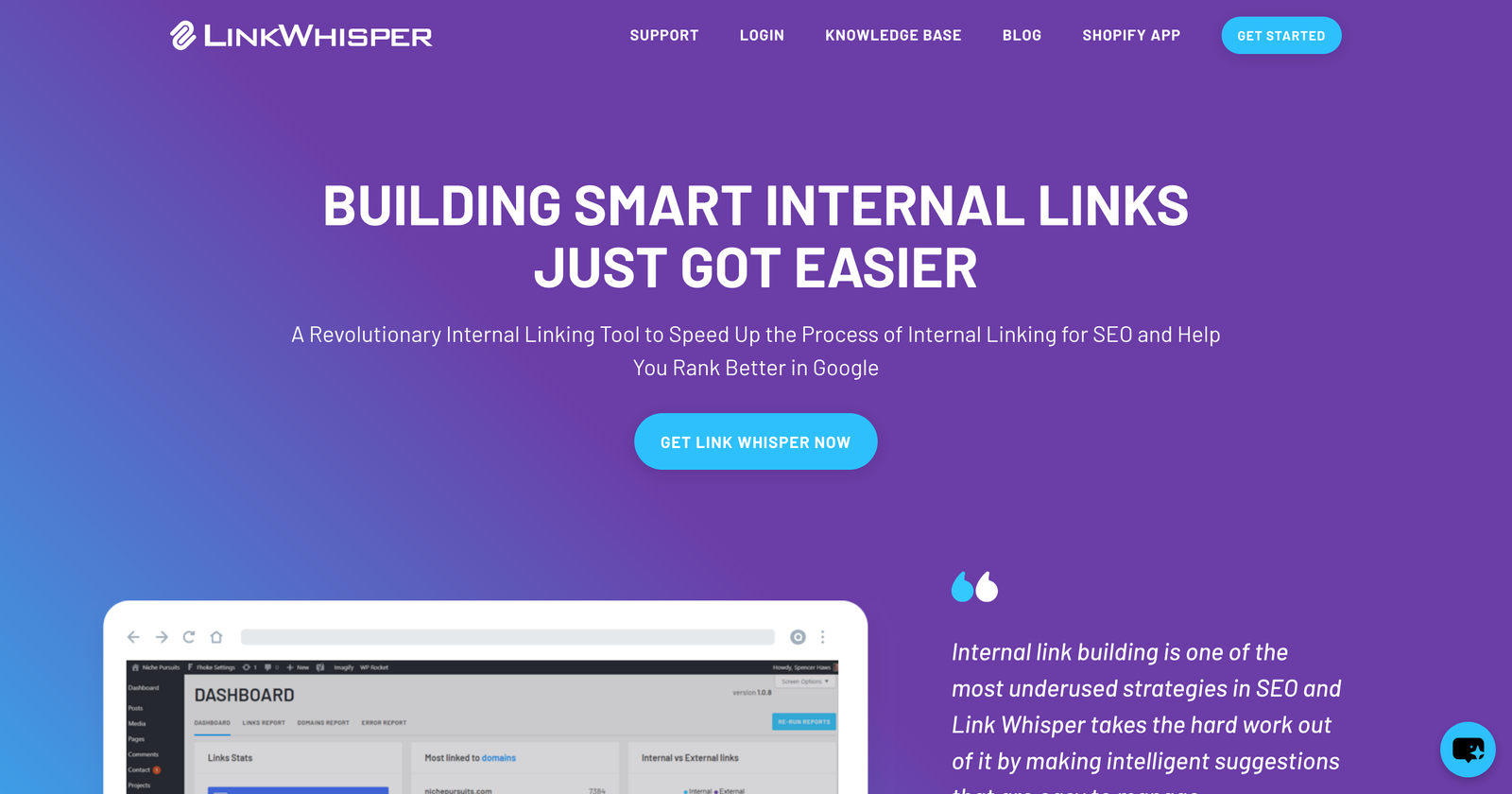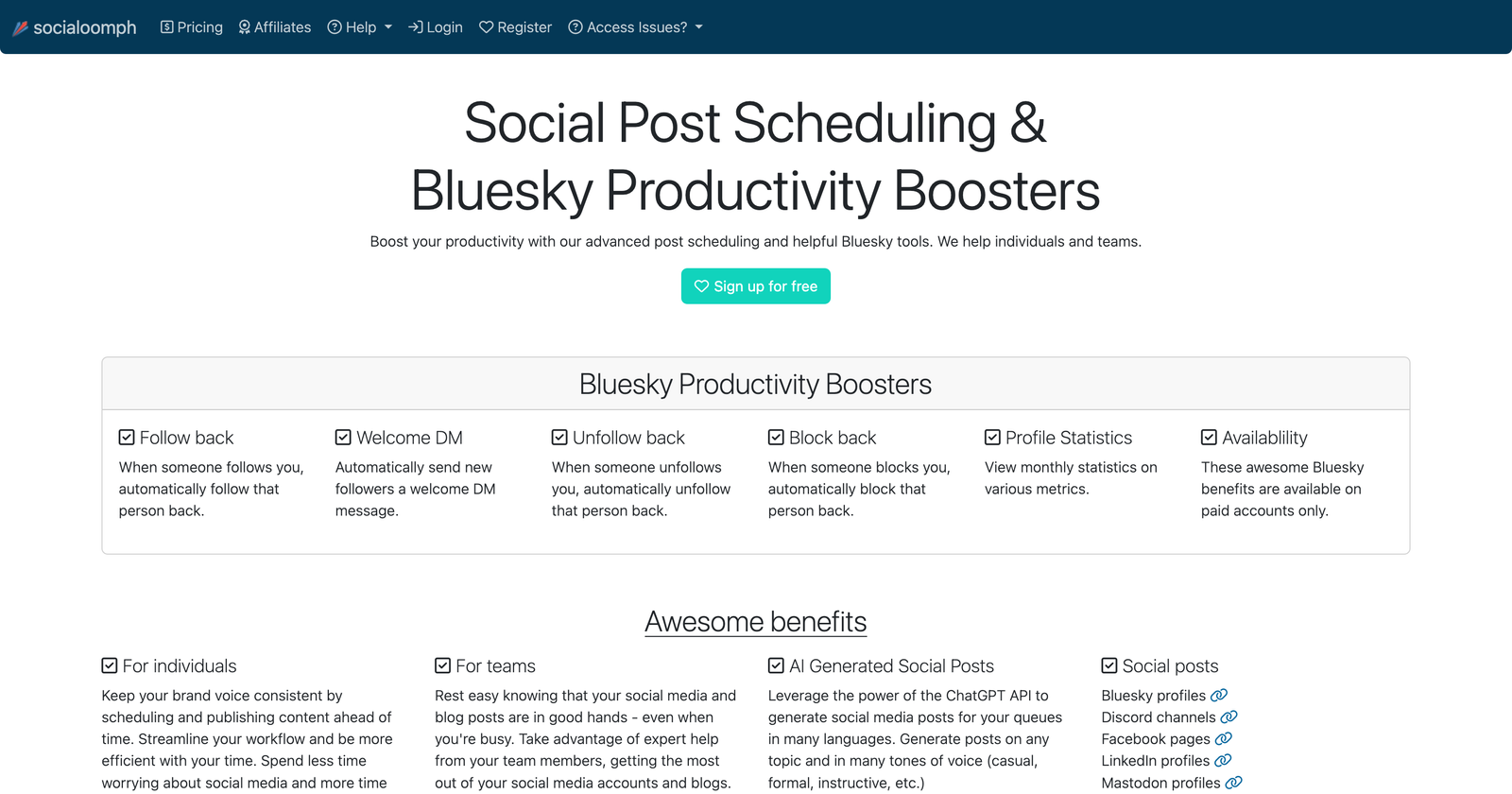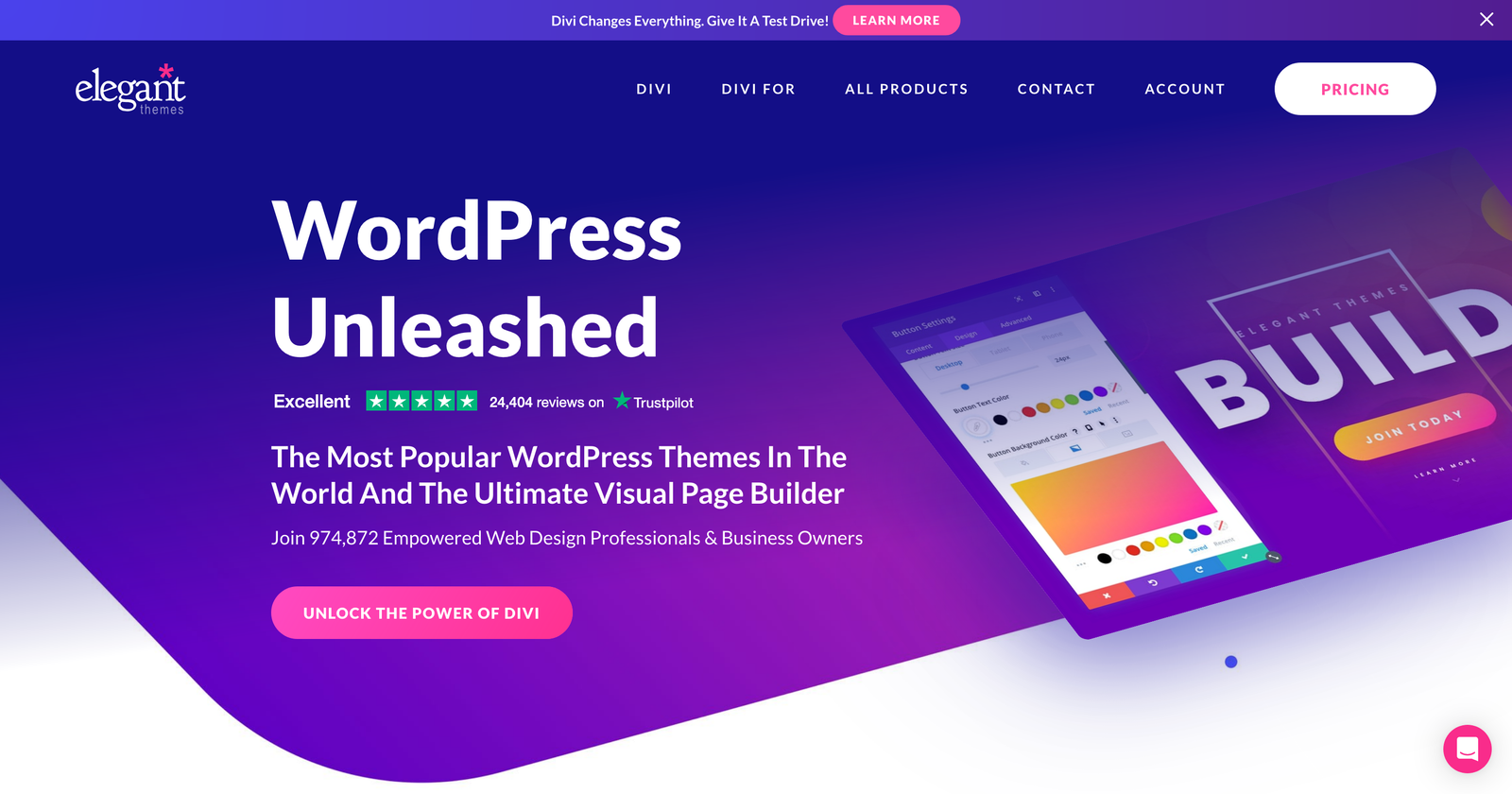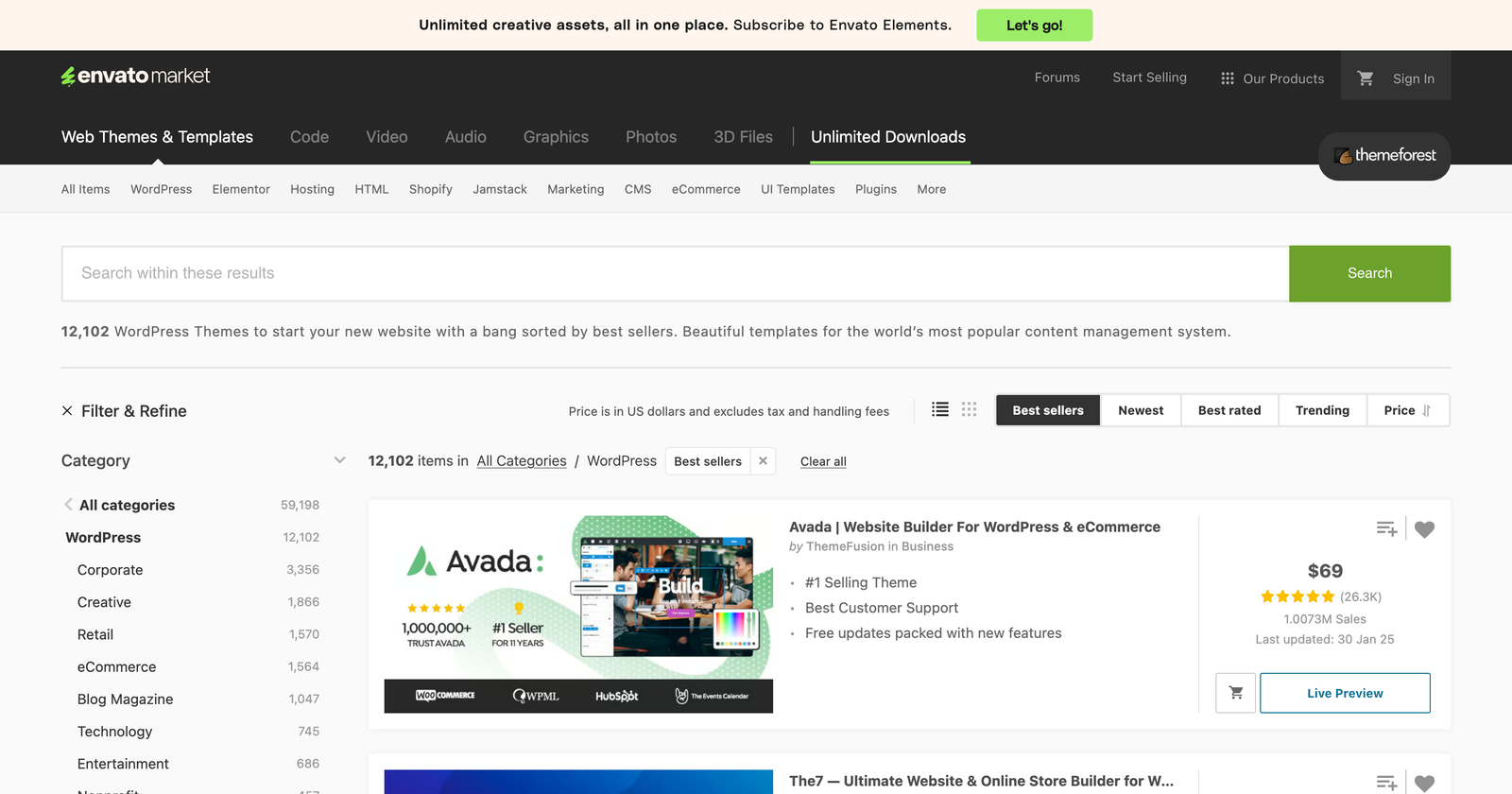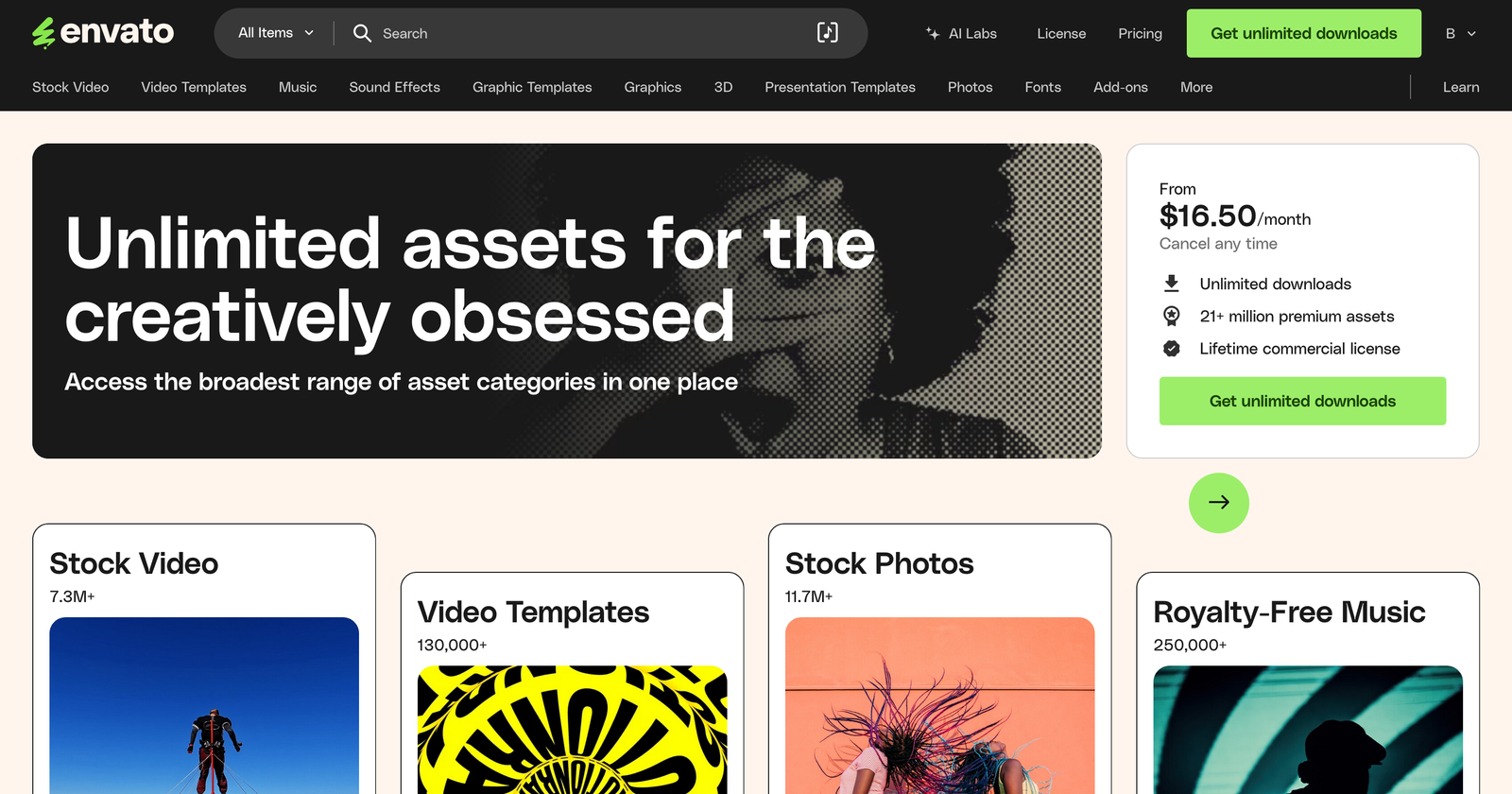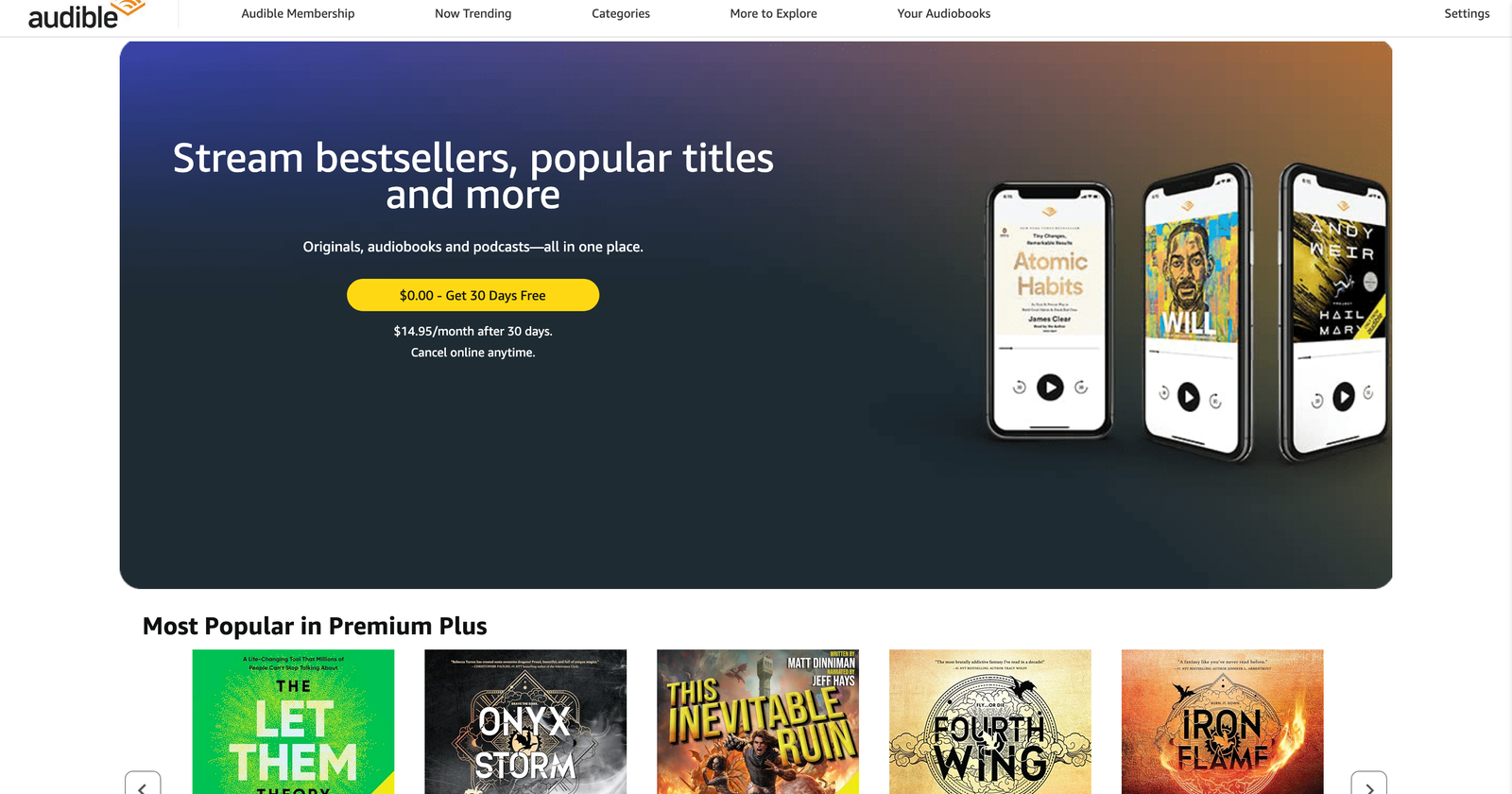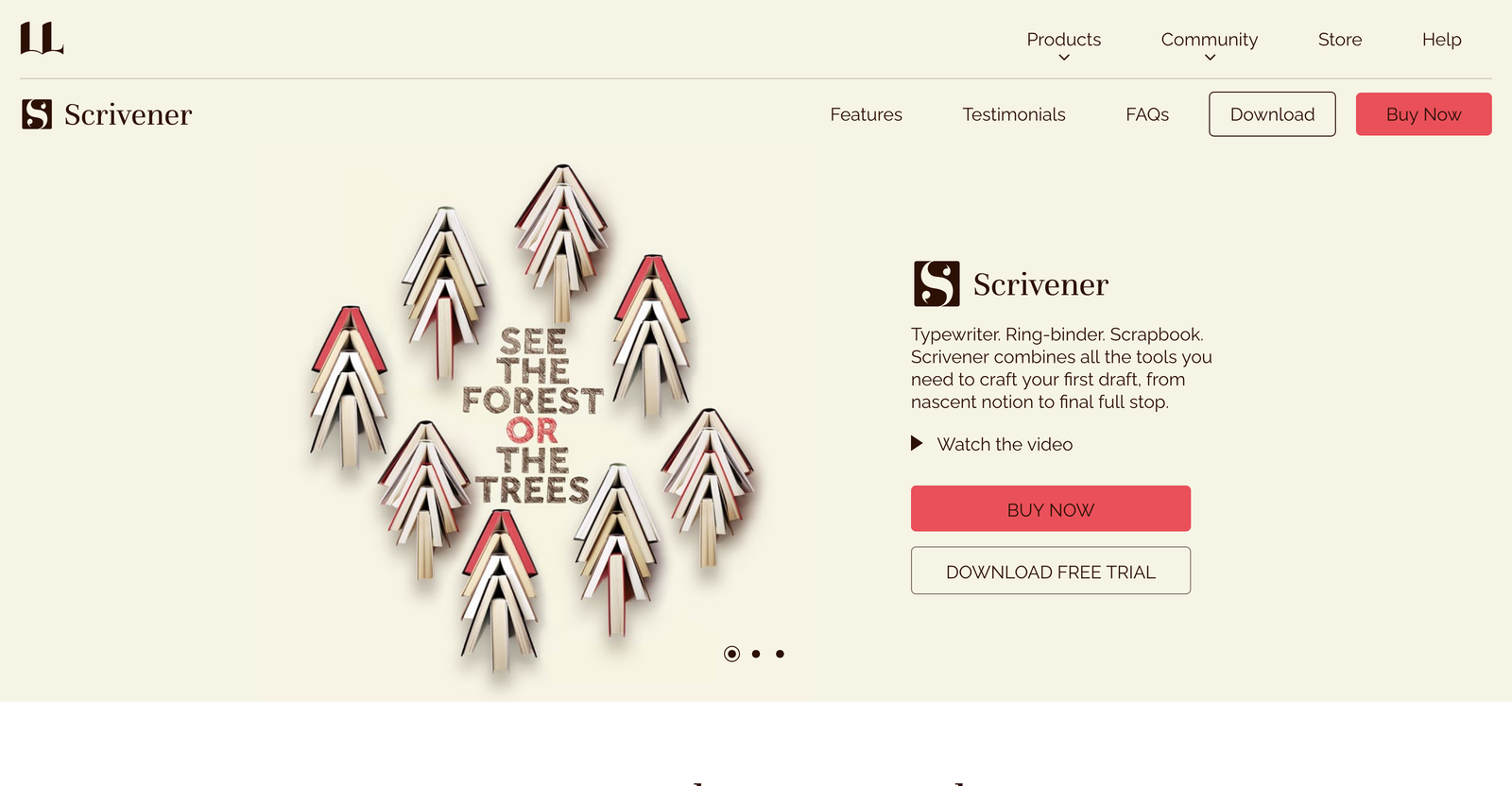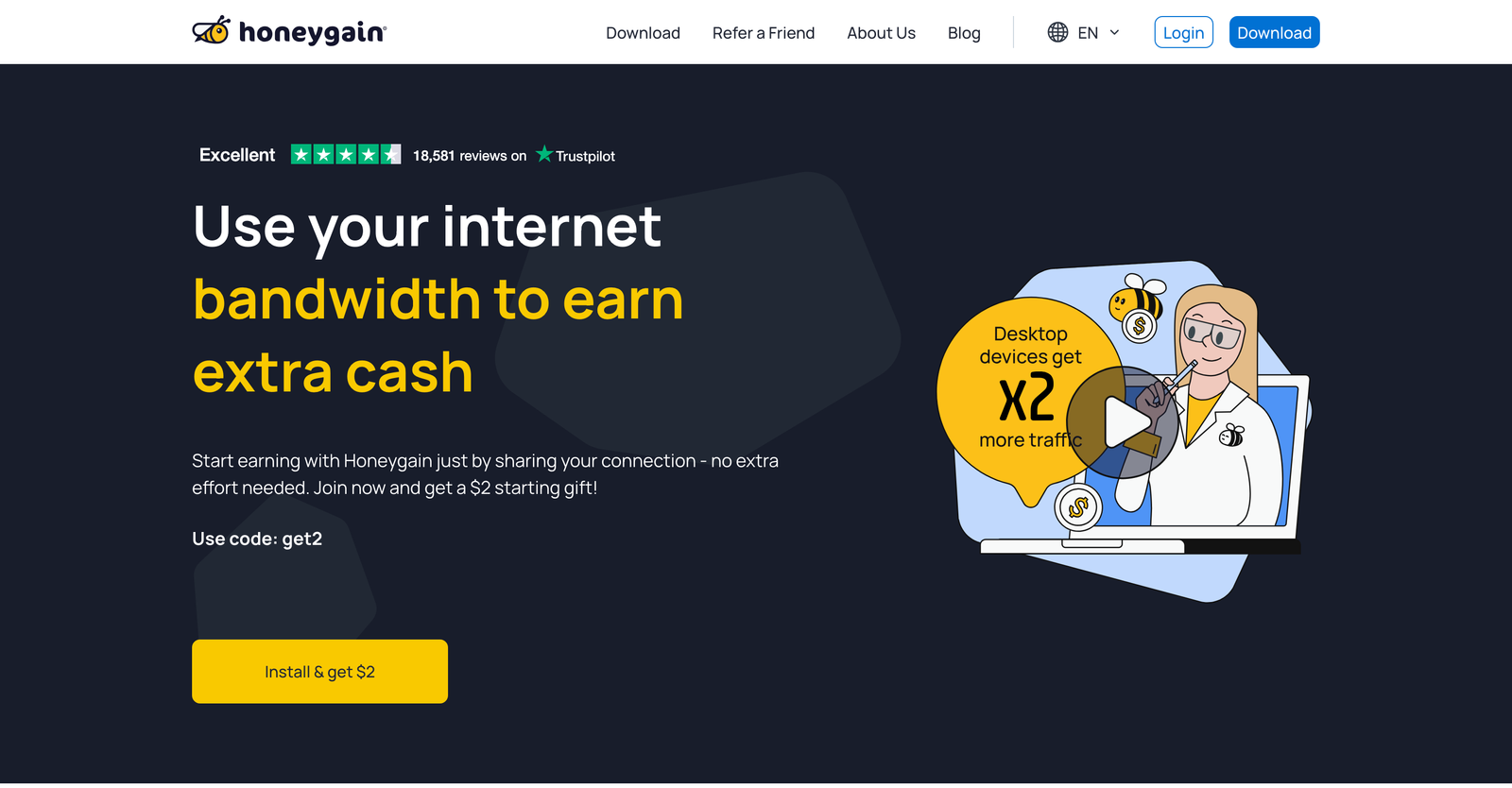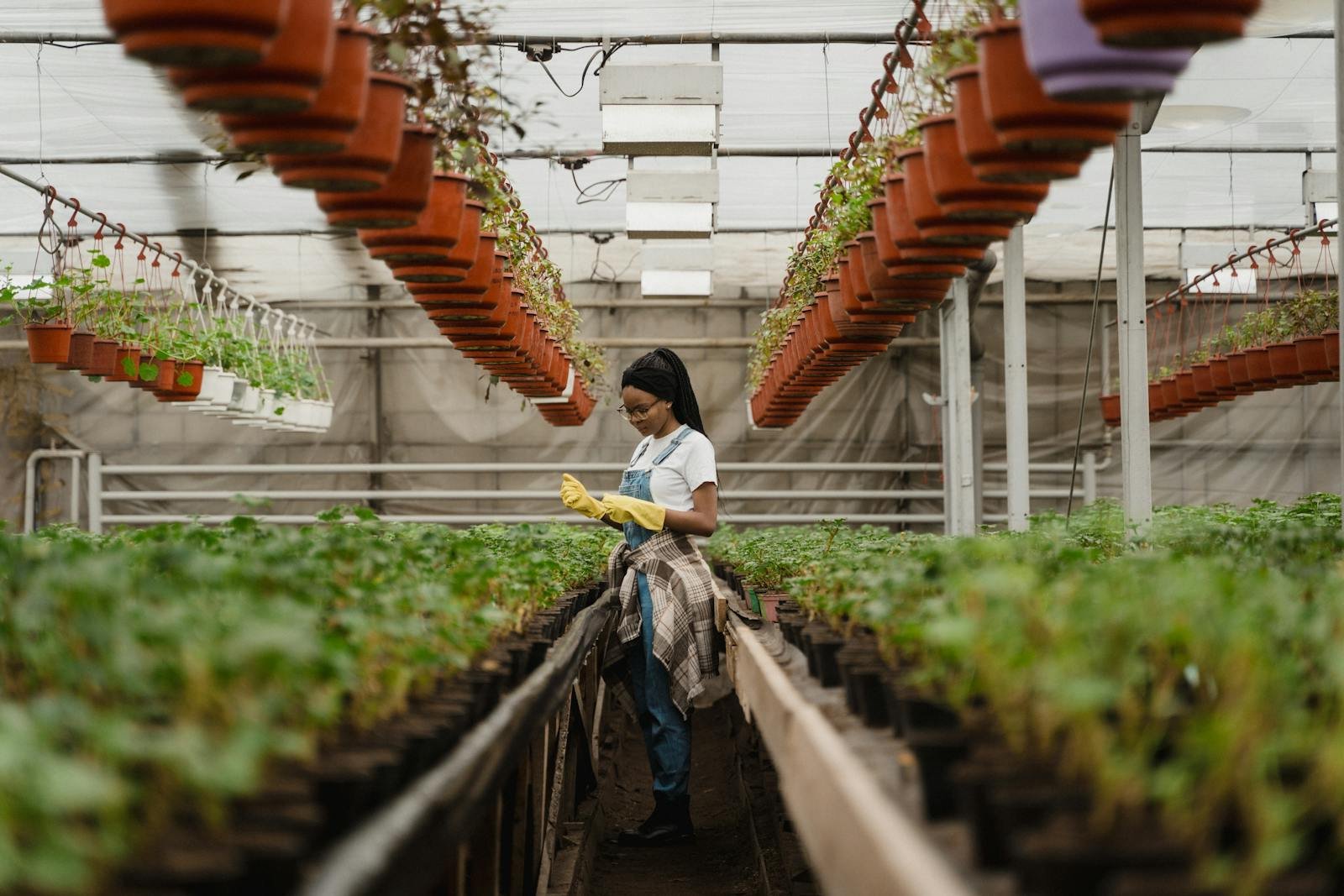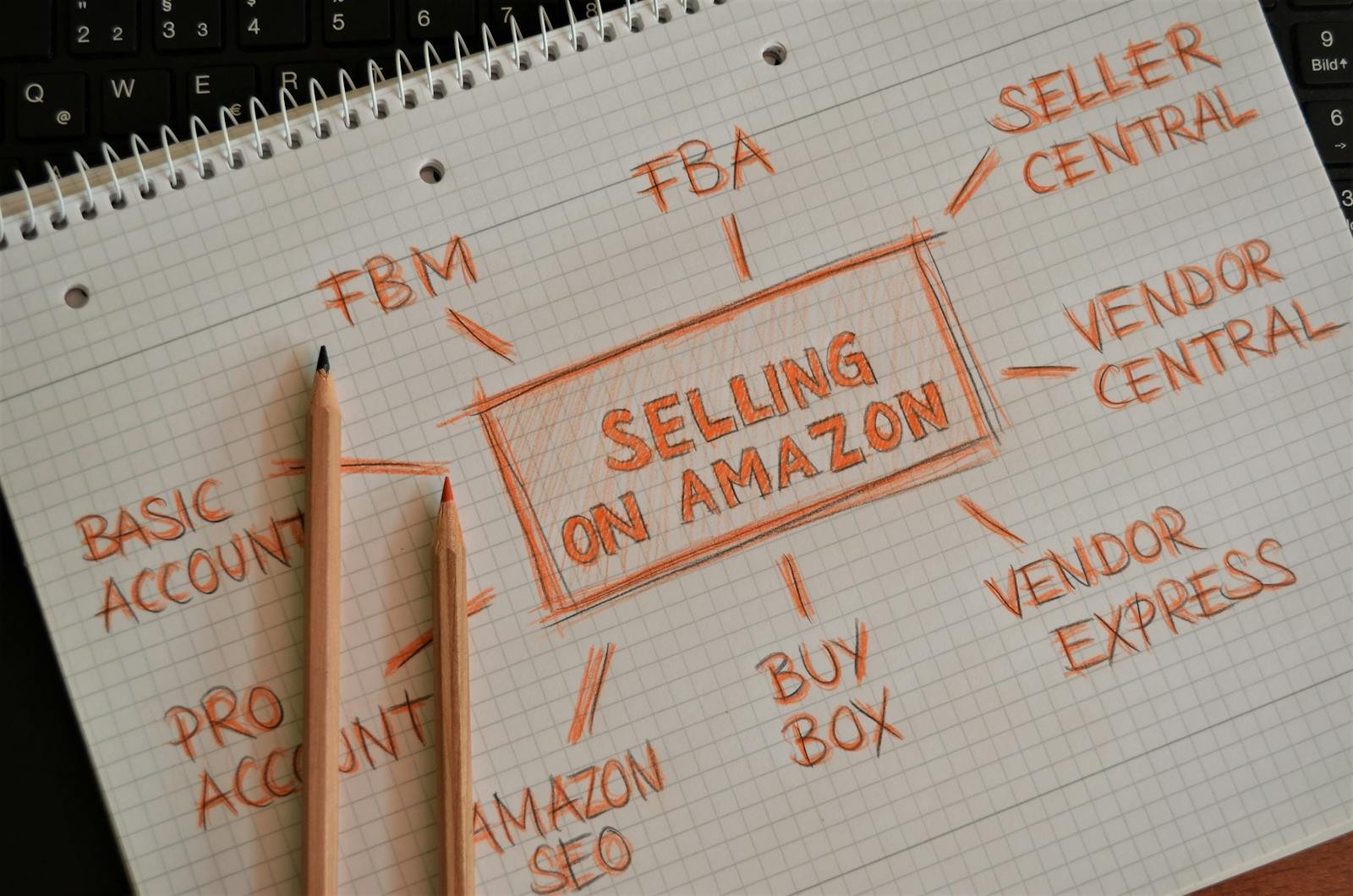Coffee Shop Business Insights
Turn Caffeine
Into a Community
Open a cozy, profitable coffee shop that brings people together while brewing up recurring income from drinks, subscriptions, and merch.
Coffee Shop Business Insights
Turn Caffeine
Into a Community
Open a cozy, profitable coffee shop that brings people together while brewing up recurring income from drinks, subscriptions, and merch.
Coffee Shop Business Insights
🏆 Overall Business Viability Score
💰 Profitability Score
🚀 Scalability Score
⏳ Time to Profitability Score
💸 Startup Cost Score
🛠️ Operational Complexity Score
📢 Marketing & Customer Acquisition Score
🤖 Automation & Passive Income Score
📈 Market Demand Score
⚠️ Competition Level Score
🌱 Sustainability & Longevity Score
📊 Revenue Stability Score
🏗️ Barrier to Entry Score
🎯 Target Market Size Score
🔧 Skill & Experience Requirement Score
📍 Location Flexibility Score
💼 Legal & Compliance Complexity Score
🔥 Economic Resilience Score
🔄 Recession Proof Score
🏁 Exit Strategy Score
Business Idea Overview:
A coffee shop business serves high-quality beverages and pastries while offering a cozy space for community connection. With the right branding, menu, and experience, it can become a local favorite and scale into multiple revenue streams, from catering and events to e-commerce and branded products.
📊 Earning Potential
A successful coffee shop can earn anywhere from $5,000 to $25,000+ per month in profit, depending on location, foot traffic, and menu pricing. Upselling pastries, merch, and specialty drinks can significantly increase margins.
⚠️ Earnings Disclaimer: Actual earnings vary based on niche, strategy, and execution. There is no guarantee of success, and results depend on effort, market conditions, and business management.
🛠️ Best Platforms & Tools
-
Point of Sale (POS): Square, Toast
-
Marketing & Email: Brevo, Flodesk
-
Social Media Tools: Munch, WeVideo (for short-form video creation)
Get the Coffee Shop Website Template on Flow & Design
⚠️ Biggest Challenge
High overhead costs (rent, inventory, staffing) and maintaining consistent daily foot traffic. Local competition can also limit customer loyalty if branding and quality aren’t strong.
💸 Startup Costs & Investment
Expect to invest $80,000 to $250,000+ depending on location, renovations, equipment, and licenses. Smaller kiosks or mobile setups can lower startup costs significantly.
📢 Customer Acquisition Strategy
-
Local SEO & Google Business Profile
-
Instagram Reels and TikTok to show coffee art, ambiance, and customer stories
-
Collaborate with local influencers and food bloggers
-
Loyalty programs & referral discounts
-
Hosting community events (e.g. open mics, art shows)
📈 Ideal Business Model
Primarily one-time retail sales, with optional recurring revenue from coffee subscriptions, memberships (free drink club), or merch.
⏳ Time to Profitability
Typically 12 to 24 months, depending on rent and operating costs. Profitability can accelerate with a strong pre-launch marketing campaign and loyal base.
🚀 Key to Scaling
-
Opening multiple locations or franchising
-
Offering a mobile coffee cart or catering
-
Selling branded coffee beans, mugs, and merchandise online
-
Coffee subscriptions or local delivery
🤖 Automation & Passive Income Potential
Low for physical stores, but some processes can be automated:
-
Online ordering and POS systems
-
Social media scheduling and marketing
-
Subscriptions and e-commerce for coffee and merchandise
View Automation Tools
🏁 Exit Strategy
Build brand equity and systems to eventually sell the business or franchise it. Document SOPs (Standard Operating Procedures) and financials to make the business turnkey.
🌱 Sustainability & Longevity
Coffee isn’t going out of style. With smart sourcing, sustainable packaging, and community-driven branding, this business can thrive for decades.
🔄 Market Trends & Demand
-
Rise in specialty coffee and third-wave cafes
-
Demand for organic, ethically-sourced beans
-
Increase in coffee delivery and mobile ordering
-
Strong market for eco-conscious packaging and plant-based options
🆚 Competition Level
Moderate to high, especially in urban areas. Branding, unique drinks, customer experience, and ambiance can create strong differentiation.
Sign up for SEO Flow and start your keyword research today. SEOFlow.app
📍 Location Flexibility
Primarily physical presence required, but coffee carts, pop-ups, and mobile trucks offer more flexibility.
Visit NomadWave’s Digital Nomad Community
🎯 Ideal Target Audience
-
Remote workers & students
-
Commuters & professionals
-
Health-conscious millennials
-
Locals looking for community spaces
🏗️ Operational Complexity
Moderate to high. Requires hiring, training, inventory management, and consistent customer service.
🔧 Required Skills & Experience
-
Barista training
-
Hospitality experience
-
Local marketing & operations
-
Sourcing & vendor negotiation
💼 Legal & Compliance Considerations
-
Business license
-
Food service permits
-
Health & safety inspections
-
ADA compliance
-
Local zoning & fire code adherence
📊 Best Monetization Strategies
-
In-store sales
-
Coffee subscriptions
-
Branded merchandise
-
Event hosting & catering
-
Affiliate promotions or collabs with local creators
🔥 Recession & Economic Resilience
Generally resilient, as coffee is a daily habit for many. Offering affordable items helps retain customers during downturns.
💰 Earning Potential
The earning potential of a coffee shop business can range widely depending on location, concept, and operational efficiency. A small, well-run independent coffee shop can generate $100,000 to $250,000+ in annual revenue, with net profits between 10% to 20% after expenses.
High-traffic locations, strong branding, upsells (like pastries, breakfast items, or merchandise), and specialty coffee offerings can push earnings even higher. Franchise-style or multi-location operations can reach $500K–$1M+ annually in revenue per location, though costs also scale.
If the shop expands into subscription services, branded products, or coffee cart/catering models, it can unlock multiple revenue streams and increase monthly income without expanding physical space. Some owners also license their brand, teach barista classes, or wholesale their signature beans to generate additional profit.
Key Takeaway:
While startup costs are high, a coffee shop can become a 6-figure business annually with the right location, customer loyalty, and menu pricing strategy.
⚠️ Earnings Disclaimer: Actual earnings vary based on niche, strategy, and execution. There is no guarantee of success, and results depend on effort, market conditions, and business management.
📈 Ideal Business Model
The ideal business model for a coffee shop combines brick-and-mortar retail with diversified revenue streams. While the core model is one-time sales (customers buying drinks, snacks, and pastries), the most successful shops scale by blending this with recurring revenue and high-margin products.
Here are the most effective business models for a coffee shop:
1. Retail Coffee Sales (In-Person Transactions)
-
Your main revenue stream: daily walk-ins, local regulars, and casual visitors.
-
Best in high foot traffic areas or near offices, colleges, or busy intersections.
2. Subscription Coffee Plans
-
Offer prepaid monthly coffee passes or “coffee club” memberships.
-
Builds customer loyalty and generates recurring income.
3. Online Sales of Branded Products
-
Sell branded merchandise, mugs, beans, brewing tools, and apparel.
-
Use platforms like Shopify to build an e-commerce component.
4. Wholesale or Private Label Coffee Beans
-
Roast your own beans and sell to other local businesses or customers in bulk.
-
Adds a B2B stream to your B2C setup.
5. Catering, Events, and Pop-Ups
-
Offer mobile coffee setups for events, markets, weddings, and corporate functions.
-
Great for brand exposure and high-profit margins.
6. Franchise or Licensing Opportunities
-
Once you’ve proven success in one location, you can license your brand or expand into multiple locations.
Pro Tip: Blending your in-store revenue with recurring and online channels helps smooth out seasonal dips and expand your brand beyond your physical location.
Get JotPro, the intuitive AI writing tool with over 50 templates, and countless features like Speech-to-Text and Text-to-Speech. Sign Up Free
🎯 Conversion Tactics for a Coffee Shop Business
Getting people in the door is just the beginning — converting them into loyal, repeat customers is where the magic happens. Here are the most effective, proven conversion tactics for coffee shops:
✅ Create an Inviting Atmosphere
-
Comfortable seating, music, lighting, and scent can turn a casual visitor into a regular.
-
Use visual branding, art, and decor to make your space Instagram-worthy.
🟢 Why it works: People are more likely to stay longer, return often, and bring friends.
✅ Menu Optimization
-
Highlight best-sellers and seasonal specials using signage or table toppers.
-
Offer bundles or combos (e.g., coffee + pastry) to increase average order value.
-
Include vegan, dairy-free, and gluten-free options to broaden your customer base.
🟢 Why it works: Reduces decision friction and boosts upsells.
✅ First-Time Buyer Offers
-
Give new customers a discount on their next visit or a free drink after their first purchase.
-
Use “Bring a Friend” coupons to double your reach.
🟢 Why it works: Encourages immediate return visits and word-of-mouth referrals.
✅ Loyalty Programs
-
Simple punch cards or digital rewards systems that track and reward repeat purchases.
-
Include milestone perks (e.g., free drink on your 10th visit or birthday reward).
🟢 Why it works: Keeps customers coming back and builds long-term loyalty.
✅ Speed & Convenience
-
Offer mobile ordering, contactless payment, and quick pickup options.
-
Make your coffee shop efficient and reliable for commuters and remote workers.
🟢 Why it works: Reduces wait time and removes friction for busy customers.
✅ Personalization & Engagement
-
Train staff to remember customer names and favorite orders.
-
Create an inclusive and welcoming vibe that makes guests feel like part of the community.
🟢 Why it works: Customers return for the experience as much as the coffee.
✅ Upsell & Cross-Sell Smartly
-
Use small signs at the counter or POS system to suggest upgrades (e.g., “Make it a large for $0.50 more”).
-
Recommend pastries or breakfast items that complement drink orders.
🟢 Why it works: Increases the average ticket value without being pushy.
Final Thought:
The best conversion tactics feel natural and enhance the customer experience — not force sales. Focus on community, consistency, and connection, and your coffee shop will become a daily ritual for your customers. ☕✨
💸 Most Profitable Niches in the Coffee Shop Business
While coffee shops can serve a wide range of customers, certain niches consistently generate higher profits due to their pricing power, loyalty, and market trends. Here are the most profitable niches within the coffee shop industry:
1️⃣ Specialty Coffee & Third-Wave Coffee
These shops focus on high-quality, single-origin beans, manual brewing methods, and a premium coffee experience.
🔹 Why it’s profitable: Customers are willing to pay $6–$9 for a single cup. High margins and strong customer loyalty make this niche very lucrative.
2️⃣ Drive-Thru or Walk-Up Coffee Stands
Small-footprint, high-volume models that serve commuters or busy urban areas.
🔹 Why it’s profitable: Low overhead + high turnover = fast cash flow. Often requires less staff and smaller real estate investments.
3️⃣ Mobile Coffee Carts or Trailers
Pop-up coffee bars, trailers, or carts at farmers markets, events, business parks, and festivals.
🔹 Why it’s profitable: Low startup costs and the ability to go where the demand is. Great for testing different locations.
4️⃣ Coffee + Coworking Hybrid
Spaces that combine coffee and productivity — think great Wi-Fi, charging stations, and comfortable seating.
🔹 Why it’s profitable: Encourages customers to stay longer and buy more. Can also earn from coworking memberships or room rentals.
5️⃣ Coffee Subscription Boxes & Merch
Pair your local brand with online revenue — selling coffee beans, mugs, and merch via Shopify or email subscriptions.
🔹 Why it’s profitable: Recurring revenue. Builds customer loyalty outside your physical shop and creates passive income potential.
6️⃣ Ethical, Organic, or Sustainable Coffee
Appeals to health-conscious and eco-friendly consumers. These shops focus on fair trade, organic, or carbon-neutral beans.
🔹 Why it’s profitable: People are willing to pay more for values-based brands. Often leads to higher margins and customer loyalty.
7️⃣ Coffee + Alcohol Hybrid Concepts
Some coffee shops serve craft beer, wine, or cocktails after hours — turning into lounge-style venues at night.
🔹 Why it’s profitable: Expands your customer base and keeps revenue flowing throughout the day and night.
Final Thought:
Choosing the right niche not only boosts profitability — it sets your brand apart. The most successful coffee businesses combine strong branding, unique customer experiences, and multi-channel revenue streams to thrive in today’s competitive market.
🆚 Coffee Shop Business vs. Other Business Models
When considering starting a business, it’s important to weigh how a coffee shop stacks up against other common business models—like e-commerce, SaaS, digital services, or real estate. Here’s a breakdown of how the coffee shop business compares across key factors:
💰 Startup Costs
-
Coffee Shop: Typically requires a moderate to high upfront investment ($50K–$300K+) for equipment, buildout, permits, and staff.
-
Other Businesses: Models like digital products, freelancing, or print-on-demand require far lower startup costs and overhead.
✅ Advantage: Digital & Low-Overhead Businesses
📍 Location Dependency
-
Coffee Shop: Heavily reliant on foot traffic, location, and local demographics.
-
Other Businesses: Online models like e-commerce or SaaS are location-independent and can scale globally.
✅ Advantage: Online & Remote Businesses
⏳ Time to Profitability
-
Coffee Shop: May take 6–18 months to become profitable depending on rent, operations, and market fit.
-
Other Businesses: Freelancing, digital downloads, or services can often turn a profit within weeks or months.
✅ Advantage: Service-Based & Digital Models
🔄 Recurring Revenue Potential
-
Coffee Shop: Traditionally based on one-time sales, though loyalty programs, subscriptions (coffee bean delivery), or co-working models can build recurring revenue.
-
Other Businesses: SaaS, memberships, and online subscriptions are built around recurring income.
✅ Advantage: SaaS & Subscription Models
🛠️ Operational Complexity
-
Coffee Shop: Involves managing staff, inventory, health compliance, physical space, and customer service.
-
Other Businesses: Online models like niche blogging or affiliate marketing have minimal day-to-day ops.
✅ Advantage: Lean & Automated Businesses
📈 Scalability
-
Coffee Shop: Scaling typically means opening new locations, franchising, or expanding your brand into packaged products.
-
Other Businesses: SaaS, digital products, or YouTube channels can scale globally with minimal costs.
✅ Advantage: Digital & Software Businesses
🔄 Recession Resilience
-
Coffee Shop: Considered somewhat recession-resistant due to “affordable luxury” psychology. However, high overhead makes it vulnerable during long downturns.
-
Other Businesses: Digital products and essential services tend to be more flexible and adapt easily to market changes.
✅ Advantage: Diversified Digital Models
⚖️ Final Verdict
| Factor | Coffee Shop | Other Models |
|---|---|---|
| Startup Costs | ❌ Moderate–High | ✅ Low–Moderate |
| Recurring Revenue | ⚠️ Limited w/o innovation | ✅ Built-in (SaaS, subs) |
| Operational Complexity | ❌ High | ✅ Low (in many cases) |
| Remote Flexibility | ❌ Physical-only | ✅ Fully remote options |
| Scalability | ⚠️ Slow (brick & mortar) | ✅ Fast (digital scale) |
| Time to Profit | ❌ Slower | ✅ Faster |
| Automation Potential | ⚠️ Limited | ✅ High |
| Community & Loyalty | ✅ Strong local base | ⚠️ Depends on niche |
While the coffee shop business offers a rich, community-driven experience with strong brand potential, it’s more hands-on and location-dependent than many online or digital-first businesses.
☕ If you’re passionate about coffee culture, local experiences, and hospitality, it can be deeply fulfilling and still very profitable—especially when layered with digital extensions like online sales, branding, or content.
If your goal is full automation, location independence, and low startup cost, a digital model may be the better path.
🔮 Future Trends in the Coffee Shop Business
The coffee shop industry continues to evolve rapidly, driven by shifts in consumer behavior, technology, and sustainability. If you’re looking to stay ahead in this space—or enter it strategically—understanding these future trends is essential.
🌱 Sustainable & Ethical Sourcing
Customers increasingly demand ethically sourced beans and environmentally responsible operations. Coffee shops that highlight fair-trade practices, organic beans, and compostable packaging will stand out.
Trend Insight: Gen Z and Millennials are more likely to support businesses that align with their values—sustainability is becoming a selling point, not just a nice-to-have.
☁️ Digital Ordering & Loyalty Apps
Contactless ordering, mobile payments, and digital loyalty programs are no longer optional—they’re expected. Offering a branded app or integrating with delivery services like DoorDash and Uber Eats boosts convenience and retention.
Trend Insight: Customers want speed, personalization, and convenience. Loyalty points and push notifications keep them coming back.
🧋 Creative & Specialty Drinks
Unique offerings like nitro cold brew, matcha lattes, adaptogen blends, and seasonal drinks create Instagram-worthy moments and customer excitement. Expect more functional beverages (health-boosting ingredients) to hit menus.
Trend Insight: Personalization is key. Customers love trying trendy ingredients and custom drinks that match their lifestyle.
☕ Coffee Subscriptions & Take-Home Brands
Coffee shops are expanding into retail with branded coffee beans, bottled drinks, and even subscription boxes. This creates recurring revenue and lets your brand live beyond your physical location.
Trend Insight: The line between café and e-commerce is blurring. Selling your own products online adds a passive income stream.
📶 Hybrid Café Models (Co-Working, Events, and More)
Coffee shops are transforming into community hubs, offering co-working spaces, local events, or even book clubs. This increases customer dwell time, drives loyalty, and maximizes space utility.
Trend Insight: The future café isn’t just a place to get coffee—it’s a curated experience.
🤖 Automation & AI in Back-of-House
Expect more use of automation in inventory tracking, self-order kiosks, scheduling tools, and smart espresso machines. These tools save time, reduce labor costs, and improve consistency.
Trend Insight: Automating repetitive tasks frees up staff to focus on hospitality and service quality.
🔄 Drive-Thru & Pick-Up-Only Models
Efficiency-focused models like drive-thru-only coffee shops or pick-up windows are growing, especially in suburban and commuter-heavy areas. These offer lower operating costs and higher volume potential.
Trend Insight: Customers are valuing speed and convenience more than ever post-pandemic.
⚡ Summary of Future Trends
| Trend | Description |
|---|---|
| Sustainable Sourcing | Ethical, eco-friendly coffee and operations |
| Digital Integration | Ordering apps, loyalty programs, mobile payments |
| Unique Offerings | Functional beverages, seasonal & trendy drinks |
| Subscription Sales | Online coffee sales and memberships |
| Hybrid Spaces | Coffee + community: co-working, events, classes |
| Automation | Tools to streamline operations and reduce costs |
| Fast-Service Formats | Drive-thru and pick-up only models on the rise |
Final Thought:
The coffee shop of the future isn’t just about caffeine—it’s about connection, convenience, and culture. Embracing tech, sustainability, and customer experience will be key to thriving in the evolving landscape.
Want help building a simple, high-converting site to rent or scale your vehicle listings? Check out our business-ready templates at Flow & Design.
Updates on
Coffee Shop Business
Get notified on new updates with the
Coffee Shop Business ecosystem.
Sponsor
Reviews of Coffee Shop Business
https://www.gezesrkog.com/
Dear,
I hope this email finds you well. I’m excited to introduce you to Cargoholidays.com, your gateway to a unique and adventurous way of exploring the world through cargo ship travel. As a leading cargo travel agency, we specialize in creating unforgettable journeys that offer a fresh perspective on travel and adventure.
At CargoHolidays, we understand that traditional travel experiences may not be for everyone, and that’s why we offer an alternative that’s both enriching and fascinating. Our cargo ship travel services open up a world of possibilities for those seeking a truly authentic and immersive travel experience.
I invite you to explore our website at CargoHolidays Website to browse our available routes at cargoholidays.com, destinations, and testimonials from fellow adventurers who have experienced the magic of cargo ship travel with us.
If you’re ready to embark on a one-of-a-kind journey or have any questions about our services, please don’t hesitate to contact us at contact@cargoholidays.com. Our dedicated team is here to assist you in planning your cargo ship adventure, providing insights, and addressing any queries you may have.
Safe travels and warm regards,




